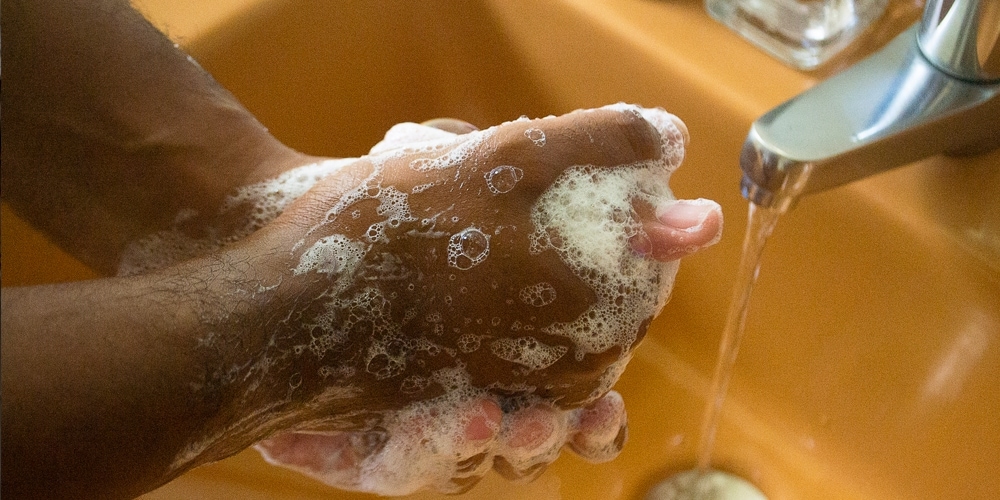
In 2020, washing your hands regularly seems like common sense. Besides handwashing during cold and flu season, most of us grew up washing our hands before meals, after using the bathroom, and after sneezing or coughing.
But the practice of handwashing is only a little over 150 years old. Before the mid-19th century, many people died from infections that could have been prevented with basic hand hygiene. Here’s what you need to know about the why and the how behind handwashing.
The History of Handwashing
In the mid-1800s, a Hungarian doctor at Vienna General Hospital named Ignaz Semmelweis noticed a striking pattern. He saw a stark contrast in patient mortality rates between different hospital wards. The hospital was so large that midwives treated maternity patients in one wing, and doctors treated maternity patients in another. The disparity between these two wards was staggering. In the midwives’ ward, the maternal mortality rate was 36.2 per 1,000 births, while on the doctors’ ward, the mortality rate was 98.4 per 1,000 births.
Among the differences between the two wards. one of the most noteworthy, Semmelweis discovered, was that doctors often performed autopsies and then went directly to the maternity ward without cleaning their hands. When he made a rule that all doctors must wash their hands after autopsies, the mortality rate in the doctors’ maternity ward lowered to a similar level as the midwives’ ward.
In 1867, a Scottish doctor named Joseph Lister published a paper encouraging doctors to wash their hands and sterilize medical equipment. While this seems like common sense now, at the time, health-care providers often used the same tools on multiple patients. The result was many unnecessary, complicated infections and even deaths. Lister’s positive results were so powerful that by 1875, surgeons across the world widely adopted his methods of sterilization and handwashing.
Why: The Science of Handwashing
Handwashing is important because many diseases are spread through small particles that you can’t see or feel. For example, if someone coughs or sneezes into their hands and then touches a doorknob, the respiratory droplets from their sneeze can stay on the doorknob. The next person who touches the doorknob may pick up those particles. If they don’t wash the particles off their hands, they can put the germs into their own body by touching their eyes, nose, or mouth.
When everyone washes their hands regularly, research has shown, we can reduce the spread of respiratory illnesses such as the common cold, flu, or COVID-19, by up to 21 percent. The same research has also shown that handwashing reduces gastrointestinal illnesses by up to 31 percent and helps prevent antibiotic resistance.
How: Hand Hygiene Best Practices
While most of us know to wash our hands frequently, not all of us wash our hands correctly. Follow these five simple steps to wash your hands thoroughly, every time:
Always wash your hands before and after preparing food, before eating, after using the restroom, after blowing your nose or coughing, and after touching garbage. When soap and water are not readily available, use a hand sanitizer that contains at least 60 percent alcohol. It would be best if you used enough sanitizer that your hands stay wet for around 20 seconds.
The original version of this story was posted by Adventist Health.